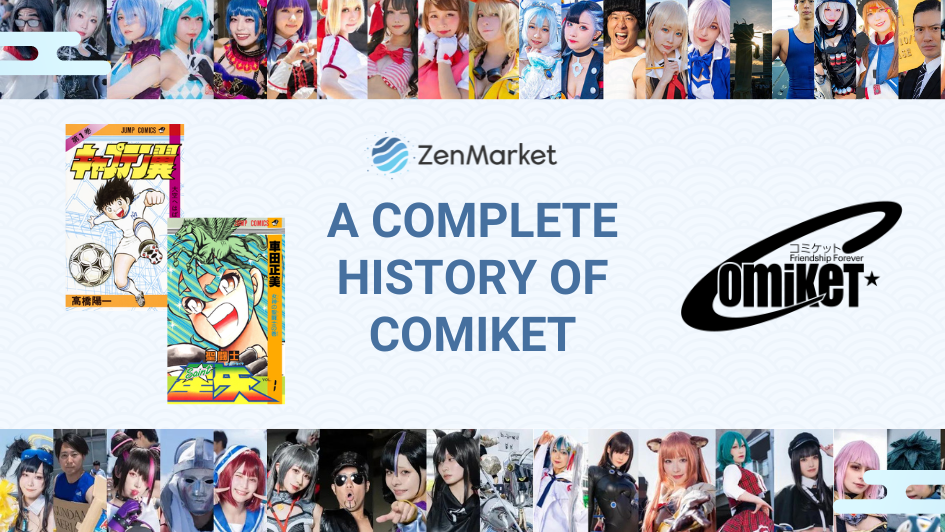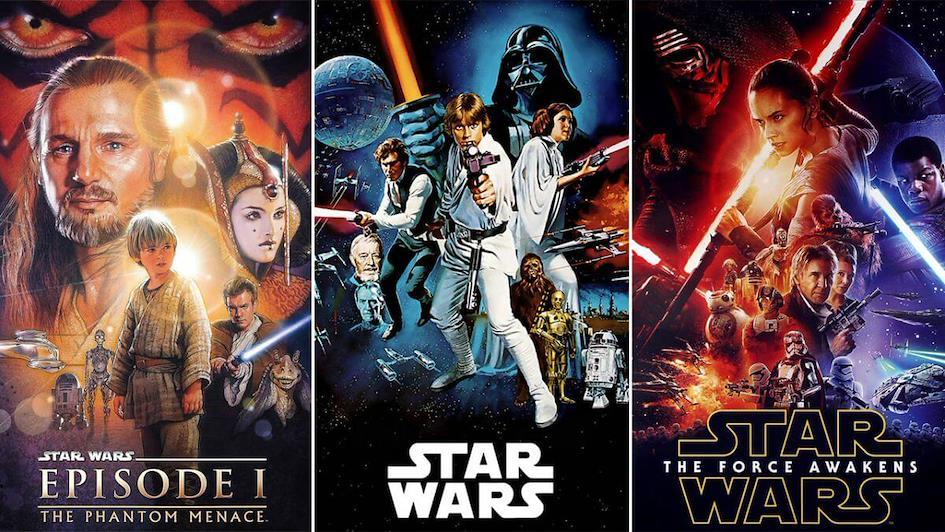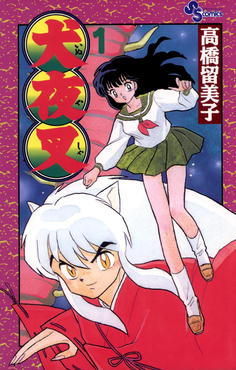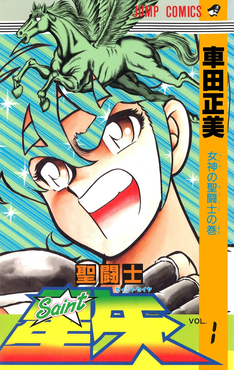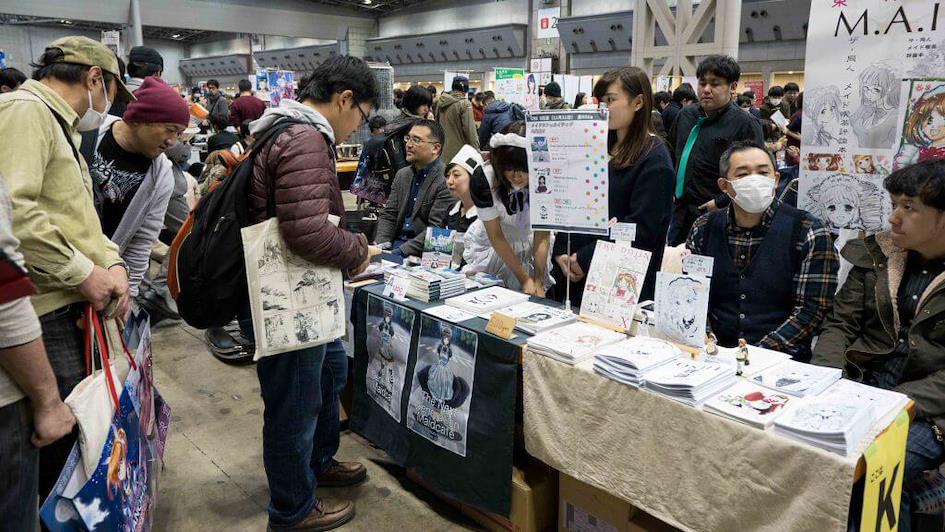[ad_1]
What is Comiket?
Comiket, also known as Comiket Market, has been around for almost six decades. What started as a small amateur convention for Doujinshi circles has now evolved into the world’s biggest comic convention. Today, Comiket has a peak attendance of 750,000 guests and 35,000 Doujin circles. Check out the official Japan site for Comiket.
However, Comiket didn’t start as a huge event. When it was established in the 1970s, Comiket’s creators had no idea how much of a big deal this event would be. And through the decades, Comiket has faced and endured many challenges.
In this article, we will learn about Comiket’s rich history. We will examine how Comiket grew in popularity and the notable events throughout each decade. We will also look at how Japanese fans changed throughout the years, specifically the interest of the various circles that attend Comiket.
Also Read: THE ULTIMATE GUIDE TO COMIKET
If you are wondering what is it like inside a Comiket, check out this detailed YouTube guide by Youtuber @The Jaded Weeb to experience Comiket real-time.
History of Comiket
Before Comiket (Early 1970s)
Comiket’s roots can be traced back all the way to the 1970s. The 70s was a time when the science fiction genre boomed. Popular movies, such as Star Wars, captured the imaginations of countless individuals all over the world.
In Japan, science fiction was so popular that it led to the creation of popular mecha anime, including Mazinger Z, Voltes V, Tōshō Daimos, and many more. However, it wasn’t just the big companies who were interested in creating science fiction IPs such as mangas and novels.
Regular Japanese fans also wanted to share their works and ideas, leading them to start forming Doujin circles. Of course, the Japanese concept of Doujinshi, or self-published works, wasn’t anything new at the time. The practice has existed ever since the Meiji era.
However, during the 1970s, technologies such as photocopying allowed Doujinshi to flourish. Doujinshi groups at the time had one major issue: distribution. The internet did not exist during the 1970s, meaning there was practically no way for independent creators to publish their works.
In addition, in 1975, a Doujinshi creator/author was denied access to Nihon SF Taikai, a Japanese annual science fiction convention. He criticized that the event prioritized professional creators over independent creators.
The three founders of the Doujin circle Meikyu saw how big the demand for a Doujinshi marketplace was, so they created Comiket. Unlike the conventions before it, Meikyu established Comiket as a non-profit convention – made by the fans, for the fans.
Comiket in the 1970s – Early Years
The first ever Comiket, now known as Comiket 1, took place on December 21, 1975. The event was organized by Yoshihiro Yonezawa, Teruo Harada, and Jun Aniwa, three Meiji University students who founded the Doujin Circle Meikyu.
Comiket 1 was held at the Japan Fire Defense Building. The event was a big success, with an attendance of 700 guests and 32 Doujin circles. Most groups who attended were Shoujo manga fans and were part of Japanese high school manga clubs.
Seeing the success of Comiket 1, the organizers decided to hold Comiket thrice a year to coincide with the vacation of Japanese high school students. Throughout the 1970s, Comiket’s popularity continued to grow but was still in its infancy.
The venues used during the Comiket events in the 1970s were odd places typically not used for conventions. Comiket 2 to Comiket 4 (1976) took place at the Itabashi Industrial Coalition Building.
Comiket then used the Ōta City Industrial Building (大田区産業会館) for Comiket 5 up until Comiket 13 (1977-1979). The only exceptions were Comiket CS1 and Comiket 9, which were held at the Yotsuya Public Hall (四谷公会堂).
Comiket, throughout the 1970s, proved to be a big success. Comiket 2 to 4 (1976) had a total of 1750 guests. And by the end of the 1970s, Comiket 11 to 13 (1979) saw 11,000 guests.
Comiket Special (CS) was also introduced during the 1970s. Today, it is celebrated every five years. However, at the time, it seemed to be a one-off event since CS2 would not occur until the 1990s.
Comiket Special is an alternate version of Comiket featuring special activities and merchandise. Comiket Special 1 was held on May 6, 1978, at the Yotsuya Public Hall (四谷公会堂).
By the end of the 1970s, the types of guests had changed. High school manga clubs started to decrease in popularity. However, more diverse anime circles started attending Comiket.
Meikyu, the Doijin circle that founded Comiket, also officially resigned as the official organizer by the end of the 1970s. An official Comiket committee was formed as a replacement.
Comiket in the 1980s – Rise to Popularity
During the 1980s, Comiket saw a drastic increase in popularity. Comiket 14 in 1980 started strong with 6000 guests. But by the end of the decade, Comiket 37 (1989) had 120,000 attendees.
During the start of the decade, Comiket relocated to the Kawasaki Shimin Plaza (川崎市民プラザ) since the previous venues could no longer cater to the number of attendees. However, after Comiket 17 in 1981, Comiket was once again forced to relocate due to an internal conflict.
Many believe that the conflict was among the promoters of the event. A group calling themselves “The Revolutionaries” was against the “mainstream growth” that Comiket was experiencing. The Revolutionaries wanted to place restrictions on attendees. Some rumors even stated they wanted to profit from the continuously growing Comiket.
Ultimately, the Revolutionaries created their own convention called “New Comiket,” later renamed “Comic Squire.” No further details or sources are available today about Comic Squire, meaning it was a complete failure.
The official Comiket, on the other hand, moved to the Harumi Fairgrounds, which became its home for the majority of the 1980s. 1986 and 1987 were the only time Comiket was held in a different venue. Comiket briefly used the Tokyo Logistics Center/Tokyo Ryutsu Center for Comiket 31,32 and 33 before returning to Harumi.
Starting in 1984 with Comiket 26, Comiket started being held twice a year. The Comiket event held in August became Summer Comiket, while the Comiket held in December became Winter Comiket.
During the 1980s, the fandoms that attended Comiket were more diverse. This generation of Comiket attendees were fans of popular 1980s manga and anime, including Captain Tsubasa, which was popular among women, and the works of Rumiko Takahashi (Ranma ½, Inyuasaha), which were popular among men.
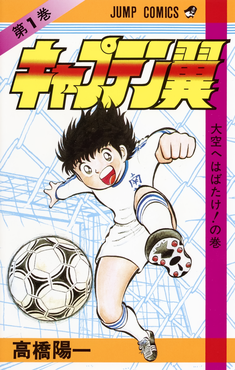
(Photo: Captian Tsubasa Manga Chapter 1 & Inyuasaha Manga Chapter 1)
The technology available in the 1980s allowed more Doujin circles to make more Doujinshi. In Comiket 37, a total of 11,000 Doujin circles attended.
Despite the success of Comiket in the past two decades, Comiket encountered several issues during the late 1980s and early 1990s. In 1988, Tsutomu Miyazaki, a frequent Comiket attendee, was arrested for the murder of four minors between 1988 and 1989.
This horrible event caused an uproar in the Otaku community. The media even condemned Comiket, saying, “There could be a million Miyazakis here.” While this tragic event impacted Comiket’s reputation, it thankfully did not create long-term issues, and no subsequent tragedies followed.
Comiket in the 1990s – Emergence of Issues
Comiket’s troubles continued in the early 1990s. Comiket’s previous venue, Harumi Fairgrounds, could no longer accommodate the large number of attendees for the event. As a result, Comiket’s organizers had to look for a larger venue.
However, with more trade shows and conventions in the 1990s, Comiket had trouble securing a venue appropriate for its large audience. Finally, Comiket secured Makuhari Messe in Chiba as its official venue for Comiket 37 in 1989.
Makuhari Messe was potentially going to be the official home of Comiket for the rest of the 1990s. Unfortunately, Comiket was rejected by the venue right before Comiket 40 due to the rampant uncensored/NSFW material being sold at the event. The sudden change in Comiket’s venue led to mass cancellations of hotel reservations, and restaurants had to discard their stock prepared for the event.
As a result, Comiket was forced to return to the Harumi Fairgrounds for the next five years. Also, starting with Comiket 40 (1991), the Comiket committee placed restrictions on adult/NSFW/inappropriate material, resulting in all Doujinshi presented at the event being manually reviewed beforehand.
Unfortunately, Comiket’s issues did not end with Comiket 40. During Comiket 42 (Summer Comiket 1995), hundreds of fans suffered heat stroke and were rushed to the hospital.
With that said, Comiket’s issues during the late 1980s and early 1990s led to more public exposure and, thus, gained more interest. Each Comiket during the 1990s saw an attendance of 200,000-250,000 guests.
Comiket 48, which was Comiket’s 20th anniversary, was held in August 1995. It was a special event since it changed Comiket from a two-day to a three-day event.
Finally, in 1996, Tokyo Big Sight became Comiket’s official venue starting with Comiket 50. To this day, Tokyo Big Sight remains the home to Comiket.
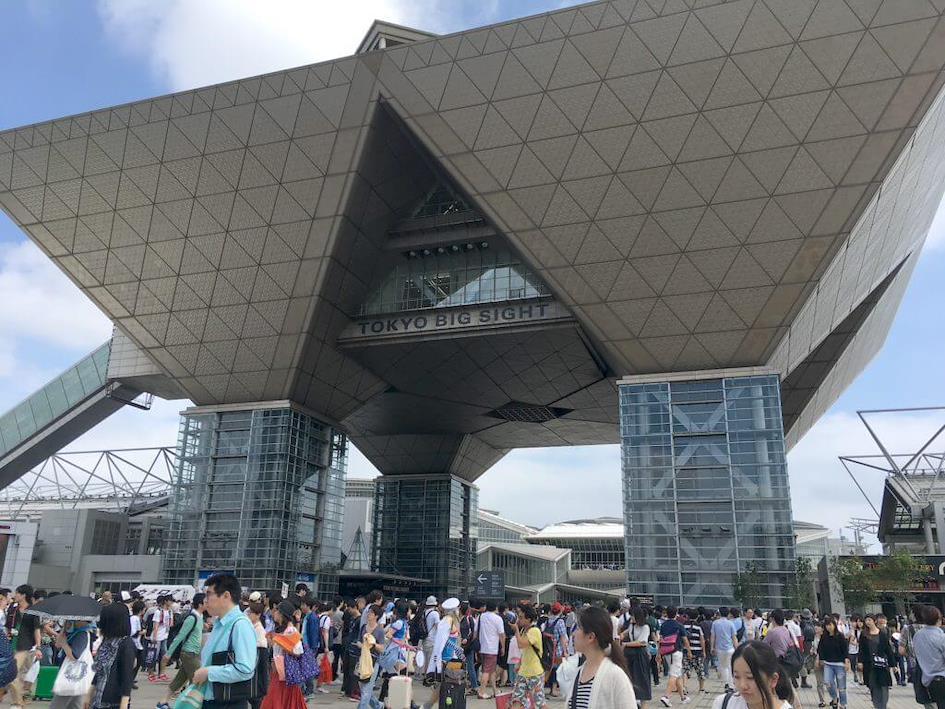
(Photo by Mimi Dietderich: The entrance of Tokyo Big Sight during Comiket)
1996 was also the year when Comiket resumed Comiket Special activities. Comiket Special 2 was held at the Harumi Fairgrounds and would officially be held every five years.
As expected, during the 1990s, new fandoms emerged. Manga and anime, such as Sailor Moon, Saint Seiya, and Neon Genesis Evangelion, were extremely popular.
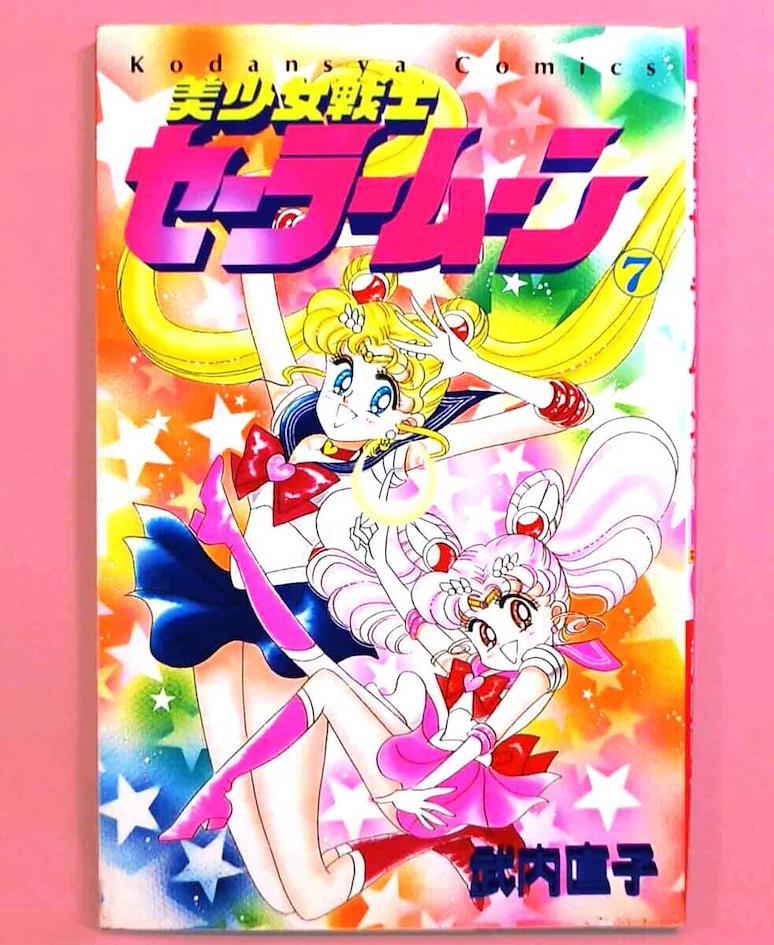
(Photo: Sailor Moon Manga & Saint Seiya Manga)
During Comiket 51, corporate booths were finally allowed to have booths at Comiket. Fans criticized this move since Comiket has a reputation for being an amateur event run by fans. However, allowing corporate booths allowed companies to be more open to fan creations and parodies often sold at Comiket.
Even so, Comiket faced several copyright issues in the late 1990s. The two most famous examples are the “Tokimeko Memorial Incident of 1998” and the “Pokemon Doujinshi Incident of 1999.” In summary, Konami and Nintendo sued the Doujin circles, which created inappropriate Doujhinshi based on their intellectual property.
While these two events did not stop Doujinshi from being made, they made Doujin circles and amateur mangaka more cautious of the derivative work they were making and selling at conventions.
Comiket in the 2000s – Gradually Maturing
Comiket in the 2000s saw the rise of video game Doujinshi companies. Type-Moon, the creator of the Fate/Stay Night franchise, had its roots in Comiket. Their first game, Tsukihime, was first released on Winter Comiket in December 2000. The company eventually became an official professional company.
07th Expansion is another popular video game/visual novel developer that started as a Doujin group selling their work on Comiket. They are best known as the creators of the Higurashi When They Cry franchise.
07th Expansion released the various story arcs/paths during Comiket events in the early 2000s. For instance, Onikakushi (Demon Away Arc) was released on Comiket 62 (August 2002). Watanagashi (Cotton Drifting) was released on Comiket 63 (December 2002). Tatarigoroshi (Curse Killing Arc) was released on Comiket 64 (August 2003). And lastly, Himatsubushi (Time Wasting Arc) was released on Comiket 66 (August 2004).
The company would continue releasing sequels and additional chapters on future Comiket events even after becoming a professional group. In addition, Doujin music groups, such as Sound Horizon, had their roots in Comiket. These musical groups eventually became professional artists.
In summary, Comiket in the 2000s became a gateway for amateur groups to be recognized and become professionals. By the end of the 2000s, Comiket had already amassed a huge following. Comiket 79 (Winter Comiket December 2010) saw 520,000 attendees and 35,000 Doujin groups.
In addition to video games, new anime fans, anime circles, and clubs emerged during the 2000s. Shonen Jump became extremely popular among Japanese men. Likewise, Fullmetal Alchemist became popular among Japanese women.
Comiket and the Doujinshi industry started fully maturing in the 2000s. Several Doujinshi stores, cosplay shops, and restaurants were established. And, with the rise of the internet, Doujinshi found an even larger audience, inviting more international fans to attend Comiket.
Here is an 11-minute video introducing the history of Comiket by Youtuber @Suwawako. Enjoy!
Comiket Today
Comiket has come a long way since its inception in 1975. Today, Comiket (Comic Market) is now recognized as the world’s biggest comic convention. During Comiket 97 (Winter Comiket December 2019), Comiket reached peak attendance with 750,000 recorded attendees. Comiket 97 also extended the event’s duration to four days.
In March 2015, Comiket held Comiket Special 6 with the theme of being the world’s first Otaku Expo. It was also the first time Comiket returned to Makuhari Messe.
Today, Comiket still faces some issues. In 2012, anonymous threats were made against Doujin circles that created derivative works based on “Kuroko no Basuke” (Kuroko’s Basketball). As a result, the Comiket committee prohibited sales of Kuroko no Basuke-based work during Comiket 85. Around 300 Doujin circles withdrew from the event, and Comiket suffered roughly 10 million yen in losses.
Fortunately, in 2015, Comiket organized a special event specifically for Kuroko no Basuke fans and Doujin circles. The event was dubbed “Kuroket,” with over 2,400 Doujin circles attending.
Comiket’s activities were greatly affected during the 2020 global pandemic. It was the year when Comiket 98, which was supposed to be even bigger than Comiket 97, was canceled. Throughout its 50-year history, Comiket 98 was the only Comiket to be fully cancelled and not rescheduled at a later date.
Comiket 98 was replaced by a virtual event in partnership with Nico Nico. The event was dubbed “Virtual Air Comiket.” Other virtual events, such as Comic Vket, were held by third-party companies to capture the fun and excitement of physical Otaku events that several companies canceled during that year.
Comiket officially returned with Comiket 99 (Winter Comiket December 2021). Comiket 99 only ran for two days. It was also the first Comiket that required attendees to purchase a ticket in advance. Up to this point, all Comiket events were free and open to guests.
Since resuming with Comiket 99, the number of attendees hasn’t returned to Comiket’s peak performance in 2019. However, given the travel restrictions placed by various countries, Comiket’s attendance is still looking good. During Comiket 101 (Winter Comiket December 2022), Comiket saw an attendance of 180,000 guests.
Even today, Comiket remains as relevant and resilient as ever. Popular mangaka and authors like Bochi the Rock‘s author Aki Hamaji still grace the event. Comiket has established itself as a part of modern Japanese pop culture. It will continue to endure and evolve along with the Japanese fans who keep it alive. Read the Comiket Market Guide by Matcha Japan. Enjoy manga, anime, cosplay, and Japanese pop culture!
(Photo: Inside a Comiket by Otashift Tokyo)
Connect with us on Social Media
Have you signed up for ZenMarket yet?
ZenMarket is the place to get your hands on goods directly from Japan!
[ad_2]
Source link

